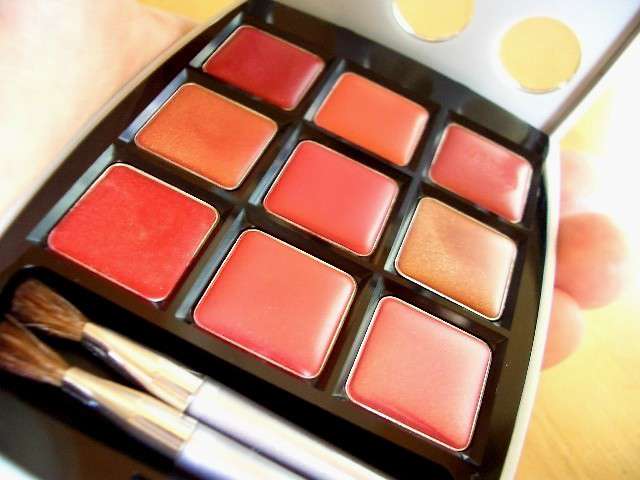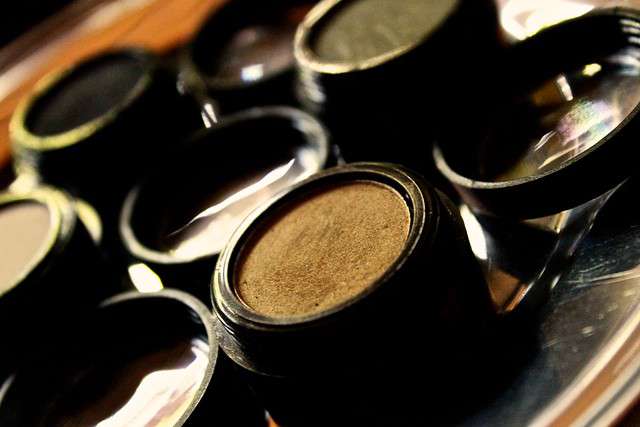Liquid and powdered colorants vary in reflective values, so understanding the proper color measurement techniques is imperative for accuracy and quality control. Image Source: Flickr user Sharon Wesilds (CC BY 2.0)
Since reflectance and absorption values vary based on sample type (liquid or powdered), understanding the versatility of your color measurement instrumentation is also necessary for achieving desired results. Raw pigment powders, for example, are often measured to ensure lot-to-lot consistency as well as color accuracy of the final powder-based cosmetics. Using a Directional 45°/0° reflectance geometry is preferred here because it most accurately represents human color perception3.
But liquid pigments and/or cosmetics display higher levels of gloss and reflective value. Choosing the right geometries to counter-balance the appearance of these elements can increase the accuracy of color data. Non-contact measurement instrumentation is often the preferred choice for cosmetic color measurement in this case because it can evaluate pigment dispersion without any added barrier interfering with the visual data of the sample.
Cutting Edge Instrumentation and Superior Customer Support
State-of-the-art spectral technology offers the versatility required to address the challenges of cosmetic color pigment analysis. HunterLab is a leader in innovative color measurement instrumentation, and over the years, we have worked with leading cosmetic development professionals to engineer spectrophotometric technology that meets the needs of the industry.
Not only do our design elements accommodate the many variations in pigment standards and analysis, but we also provided the highest level of support to ensure you get the most out of your color measurement instrumentation. We are here to offer you the information you need to gain an edge in a competitive market. To learn more about the many product options we have available, contact us today.





